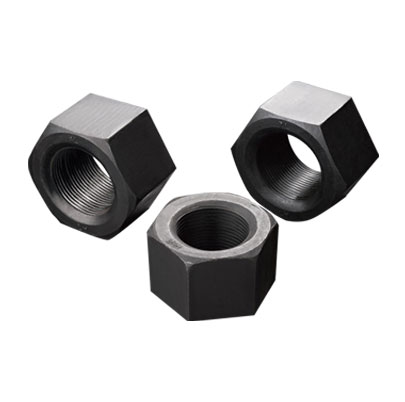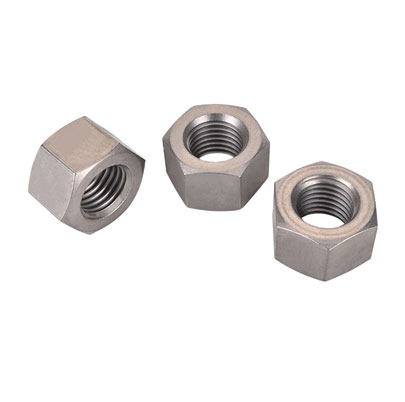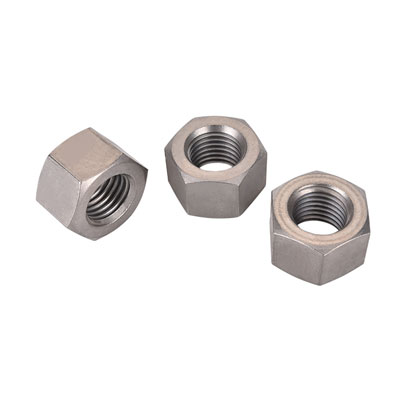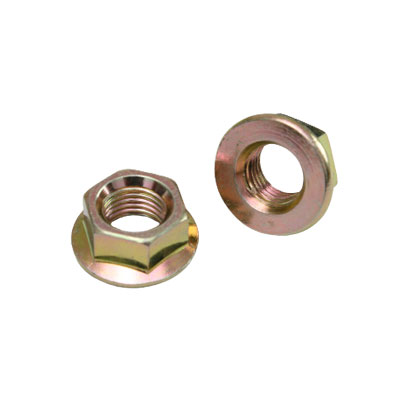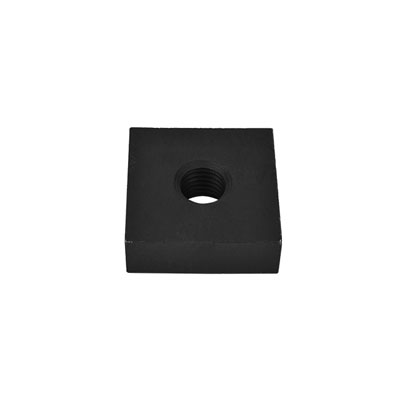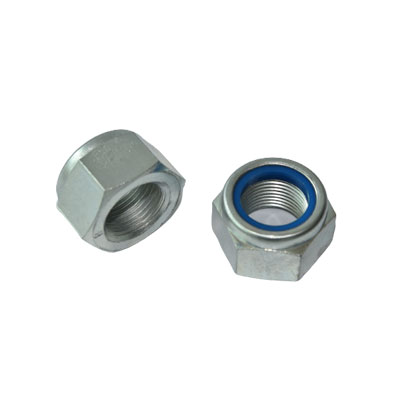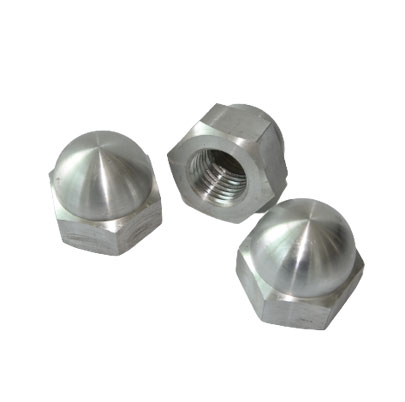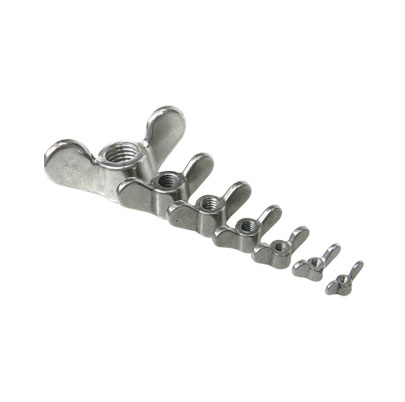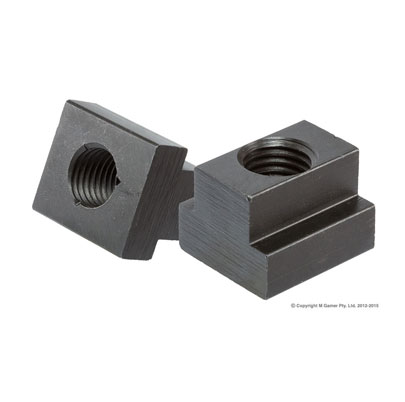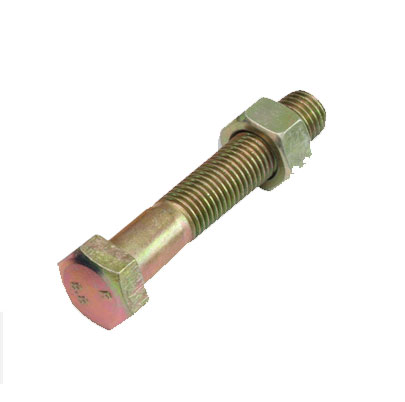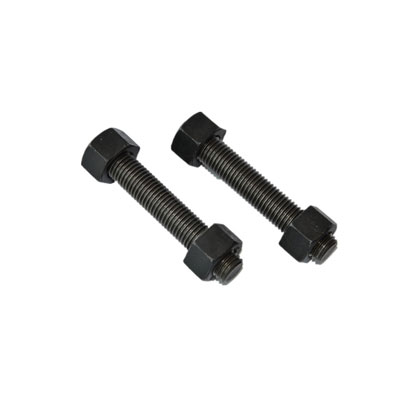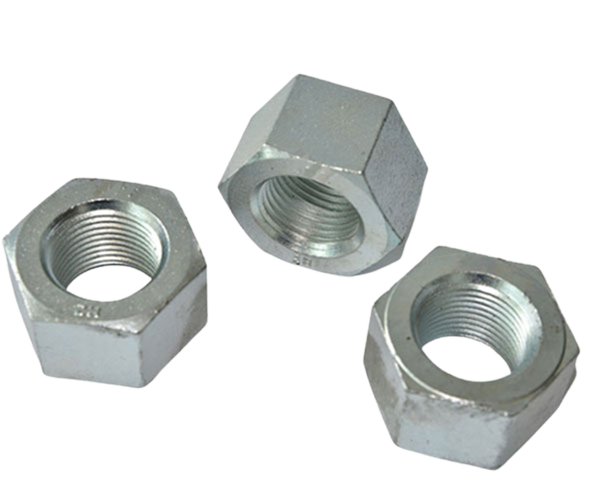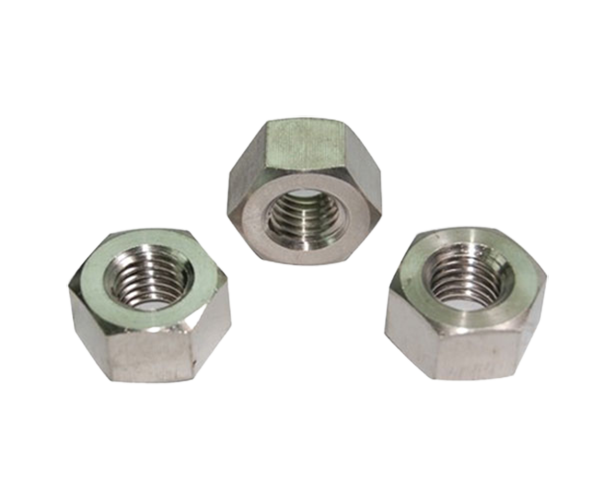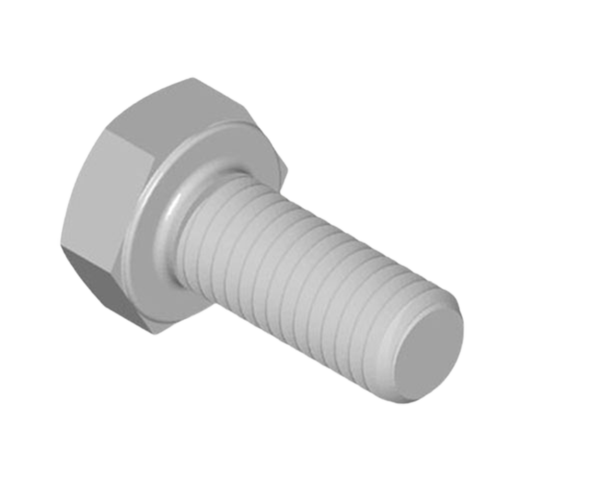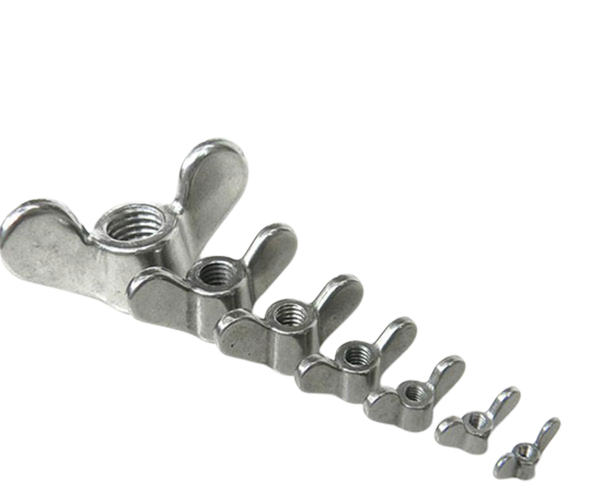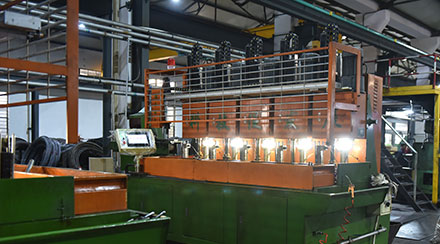Fasteners are used to securely fasten two or more objects together. There are various types of fasteners such as screws, bolts, nuts, washers, and more. Nuts, in particular, are a type of fastener that is used to tighten and hold objects together. Among the different types of nuts, hex nuts are the most common type. Hex nuts are named because of their hexagonal shape, which provides a better grip and prevents the nut from slipping while tightening. There are different types of hex nuts available, and two of the most commonly used are finished hex nuts and heavy hex nuts.
Finished Hex Nuts
Finished hex nuts are the most commonly used hex nuts. These nuts are usually available in smaller sizes and are used in applications where there is less load on the fastener. Finished hex nuts have a standard height and width across flats, and they are made to be compatible with standard bolts and screws. These nuts have six flat sides with internal threads, which are used to tighten the fastener.
Finished hex nuts are designed to be used with bolts or screws that have a specified thread pitch and diameter. The thread pitch refers to the distance between the threads on the bolt or screw, while the diameter refers to the thickness of the bolt or screw. Finished hex nuts are also available in different materials such as stainless steel, brass, and nylon, depending on the application and the environment they will be used in.
Heavy Hex Nuts
Heavy hex nuts are another type of hex nut that is commonly used in applications where there is a heavy load on the fastener. These nuts have a wider width across flats and a greater height than finished hex nuts. The larger size of heavy hex nuts makes them more durable and able to withstand higher loads than finished hex nuts. Heavy hex nuts are also made to be compatible with standard bolts and screws, just like finished hex nuts.
Heavy hex nuts are commonly used in industrial applications such as construction, machinery, and manufacturing. These nuts are available in various materials such as carbon steel, alloy steel, and stainless steel. Heavy hex nuts are also available in different finishes such as black oxide and zinc plating.
Differences Between Finished Hex Nuts and Heavy Hex Nuts
While finished hex nuts and heavy hex nuts may seem similar, there are some key differences between the two types of nuts. The main differences between finished hex nuts and heavy hex nuts are their size, load capacity, and application.
Size:
Finished hex nuts have a standard width across flats and height, while heavy hex nuts have a wider width across flats and a greater height. The larger size of heavy hex nuts allows them to withstand higher loads and makes them more durable than finished hex nuts.
Load Capacity:
Heavy hex nuts have a higher load capacity than finished hex nuts. This is because heavy hex nuts have a larger cross-sectional area, which allows them to distribute the load over a larger area. Finished hex nuts are suitable for applications where there is less load on the fastener, while heavy hex nuts are suitable for applications where there is a heavy load on the fastener.
Application:
Finished hex nuts are commonly used in applications where there is less load on the fastener, such as electronics, automotive, and home repairs. Heavy hex nuts, on the other hand, are commonly used in industrial applications where there is a heavy load on the fastener, such as construction, machinery, and manufacturing.
Conclusion:
In conclusion, finished hex nuts and heavy hex nuts are two different types of hex nuts that are commonly used in various applications. While both nuts have their uses, they differ in size, load capacity, and application.
 English
English
